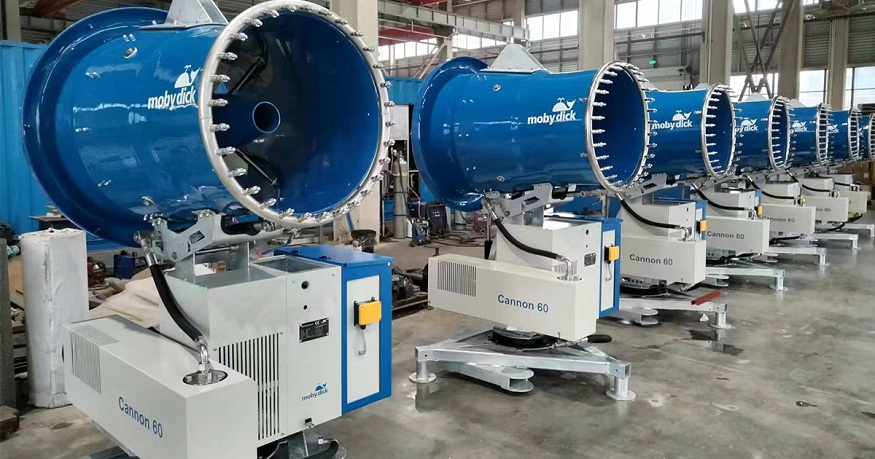Dust control is a critical aspect of mining operations that cannot be overlooked. Without proper measures in place, the heavy machinery used in mining can kick up significant amounts of dust, leading to safety hazards, environmental concerns, and decreased efficiency. Effective dust control from providers like bosstek.com is therefore essential to protect workers, maintain equipment longevity, and comply with environmental regulations. Fortunately, advanced technologies have been developed to address these challenges and improve overall dust control in mining operations.
This post explores the latest advancements in dust control technologies for heavy machinery in mining operations.
Water spray systems and their enhancements
Water spray systems have long been used as a primary dust control method in mining. These systems suppress dust by spraying water onto dust-generating surfaces and materials. Recent advancements have enhanced the efficiency of water spray systems through the use of high-pressure atomizing nozzles that produce fine water droplets. These droplets are more effective at binding with dust particles, reducing airborne dust more efficiently. Additionally, advanced control systems now automate the spray process, adjusting the water flow based on real-time dust levels detected by sensors. This automation minimizes water usage while maximizing dust suppression, making the process both cost-effective and environmentally friendly.
Foam and surfactant technologies
Foam and surfactant technologies represent another advancement in dust control for heavy machinery. These solutions can be applied to dust-prone areas to create a barrier that prevents dust from becoming airborne. These substances work by reducing the surface tension of water, allowing it to spread more effectively over surfaces and penetrate fine dust particles. This method is particularly useful in areas where water alone may not provide sufficient dust suppression, such as during drilling and blasting operations. By creating a more comprehensive dust barrier, foam, and surfactant technologies significantly enhance dust control measures.
Enclosed cabins and filtration systems
Modern heavy machinery often comes equipped with enclosed cabins designed to protect operators from dust exposure. These cabins are fitted with advanced filtration systems that clean the air entering the cabin, removing dust and other airborne contaminants. High-efficiency particulate air (HEPA) filters are commonly used to ensure that even the smallest dust particles are captured. Positive pressure systems maintain a clean environment within the cabin by preventing dust from entering. This technology not only improves operator safety and comfort but also enhances productivity by providing a clearer, dust-free working environment.
Dust extraction and collection systems
Dust extraction and collection systems are vital to controlling dust at its source. These systems use industrial vacuums and dust collectors to capture dust directly from machinery and work surfaces. Innovations in this area include the development of portable and highly efficient dust collection units that can be moved easily and connected to various equipment. These units are equipped with powerful fans and advanced filtration systems that ensure efficient dust capture and removal. By addressing dust at the point of generation, these systems significantly reduce airborne dust and improve overall air quality in mining operations.
Advanced dust control technologies are essential for enhancing safety and efficiency in mining operations. By implementing these advanced solutions, you not only protect workers’ health and safety but also improve equipment performance and compliance with environmental standards. As mining operations continue to evolve, ongoing investment in dust control technologies will be crucial to maintaining a safe, productive, and sustainable working environment.



